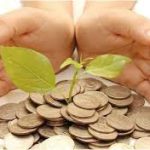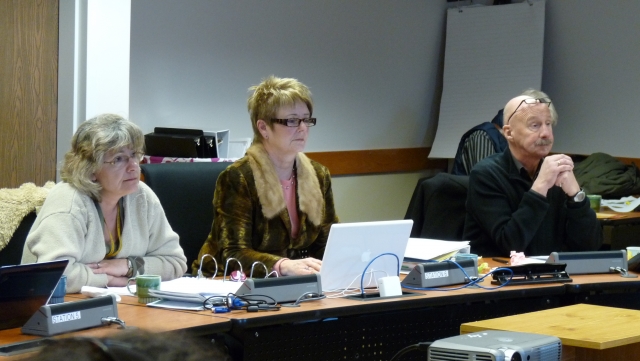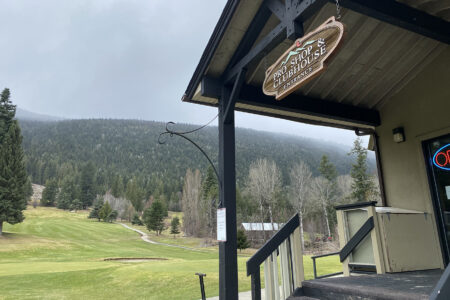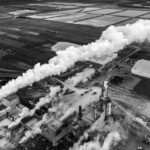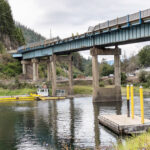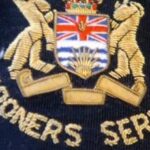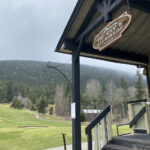Air quality data still not accurate; dispersion modeling report released
The Boundary Hospital vicinity is the area of greatest health concern according to the final dispersion model of the Grand Forks airshed presented last Thursday to the Grand Forks Environment Committee. The committee went on to recommend to city council that they prioritize 22nd Street as the number one road improvement infrastructure project to reduce this health risk. “In the whole report they did trace other contaminants than PM2.5 (concentrations of suspended particulate matter of very small sizes),” said Moslin. “Because PM2.5 causes the greatest health concern this is the one that made it to the executive summary. The conclusion of the report is that the hospital is the greatest receiver of PM2.5.” The dispersion model predicted the concentrations of PM2.5, nitrogen oxides, and carbon monoxide through simulations. Road dust was identified as the greatest contributor in the hospital’s area. Other areas of high concentrations included John Hutton Elementary School, and residential areas around 65 Avenue. “There’s no test equipment that’s gathering the data – they’re using a model. So that’s where it’s not an accurate report,” said John Vere, co-ordinator for the woodstove exchange program and committee member. “Some of the accuracy could be questioned because of the way the model is developed.” With a complex surface wind flow pattern, the study suggested that the installation of additional met observation stations would improve future simulations of the airshed for more accuracy, an initiative the sub-committee has set as one of this year’s goals. The study did determine that approximately 45% of the ambient PM2.5 concentrations experienced in the downtown area were the result of industry, and in particular lower level stack emissions. The dispersion report came forward to the committee through the sub-committee for air quality. Water, air and carbon neutrality sub-committees reported to the Grand Forks Environment Committee at their monthly meeting on Feb. 25. Each sub-committee had been charged with the task of setting goals that they would work on over the coming year. Moslin explained that the air quality group will: conduct a dust study of the community; plan and budget for additional met stations and monitor existing stations; move the air quality management plan forward; look at other studies for methodology; and distribute the dispersion study to the community. Councillor Cher Wyers is chairing the water sub-committee.Their goals for 2011 suggest a focus on auditing existing water sources, education, and development of plans for water conservation and well closures. Committee members raised concerns about the chlorination of the city water. “There are certainly issues for the water treatment and distribution for the City of Grand Forks,” said Cheryl Unger, environmental health officer for the area with Interior Health Authority. “Any community that’s got chlorine, there are those who are unhappy with the taste or the odours of chlorine. There are parts of the city that may get stronger concentrations of it.” The water group is seeking more information from Sasha Bird, manager of technical services with the city to follow up on these questions. With drinking water week slated for May 1 – 7, Wyers suggested that the sub-committee host a free workshop from the Columbia Basin Trust about water conservation. Wyers also encouraged everyone to post comments to the provincial government’s review of the water act. Comments will be accepted on their website until Mar. 15. (www.livingwatersmart.ca). The last sub-committee to report is chaired by Councillor Gene Robert covering carbon neutral strategies. Their goal is to facilitate, educate and communicate the reduction of the carbon footprint of the Grand Forks region. The committee talked about some strategies but have not completed their final list. The next full committee meeting is scheduled for Apr. 15 at the Regional District of Kootenay Boundary offices in Grand Forks. Links: B.C. Lung Association State of the Air report 2010 Grand Forks Dispersion Modeling Report

